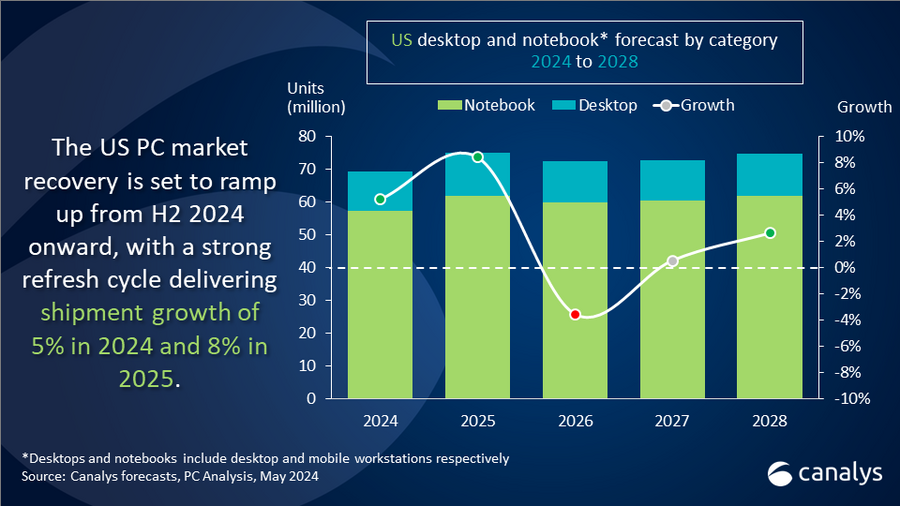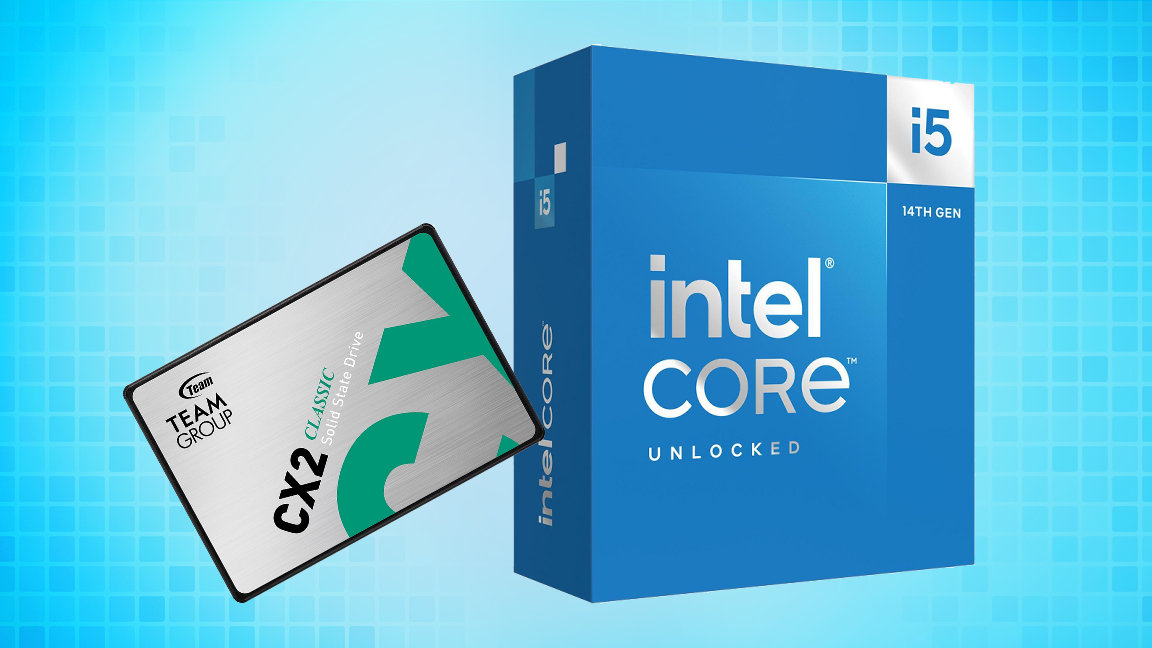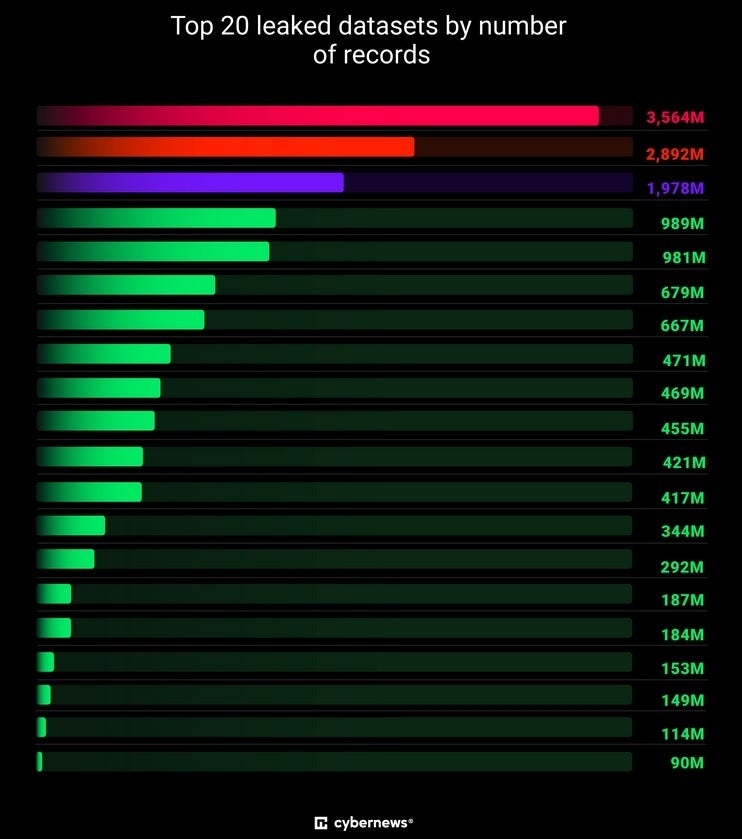IT industry analytics company Canalys has published its latest set of data and projections on United States PC shipments, with data showing an expected 5% growth to 69 million units throughout the remainder of 2024, and the expectation of 78 million units, or an 8% improvement, shipped by 2025.
From the available metrics and in the eyes of market experts, then, it seems like the US PC market is slated for a steady, healthy recovery over the course of the next year and a half, a move expected to be spurred by new AMD and Intel releases right around the corner. Qualcomm’s recently released Snapdragon X PC processors may also be making waves.

Greg Davis, an analyst at Canalys, said “Continued discounting after the holiday season boosted consumer demand for PCs into the start of 2024. However, the first quarter also saw an uptick in commercial sector performance. Shipment growth in small and medium businesses indicates that the anticipated refresh brought by the Windows 10 end-of-life is underway. With enterprise customers set to follow suit, the near-term outlook for the market remains highly positive.”
So, this surge in the market isn’t purely because new hardware is being released — it’s also that existing software will soon be dropped out of support entirely. Windows users too stubborn to make the Windows 11 upgrade, or locked away entirely by the lack of the hardware TPM 2.0 module, are more likely buying a new PC just to have a working PC, not necessarily because they’re salivating at the prospect of paying for an NPU.
As Davis continues, “This timing also coincides with greater availability of on-device AI capabilities in the market, with new products and user experiences set to excite consumers and businesses across both the Windows and Apple ecosystems. The US is forecasted to be a leader in the adoption of AI-capable PCs as vendors and their partners prioritize […] efforts to capitalize on the significant opportunity to upgrade customers to premium devices.”
So, despite the vocal resistance to AI across most sectors of art, entertainment, and journalism, it would seem that the sales numbers say otherwise. Or, at least, that the sales numbers allow analysts and members of the industry to say otherwise. Surely these AI PCs are selling so well because they’re a new category and not just a semi-mandatory upgrade for operating system compatibility, right?






